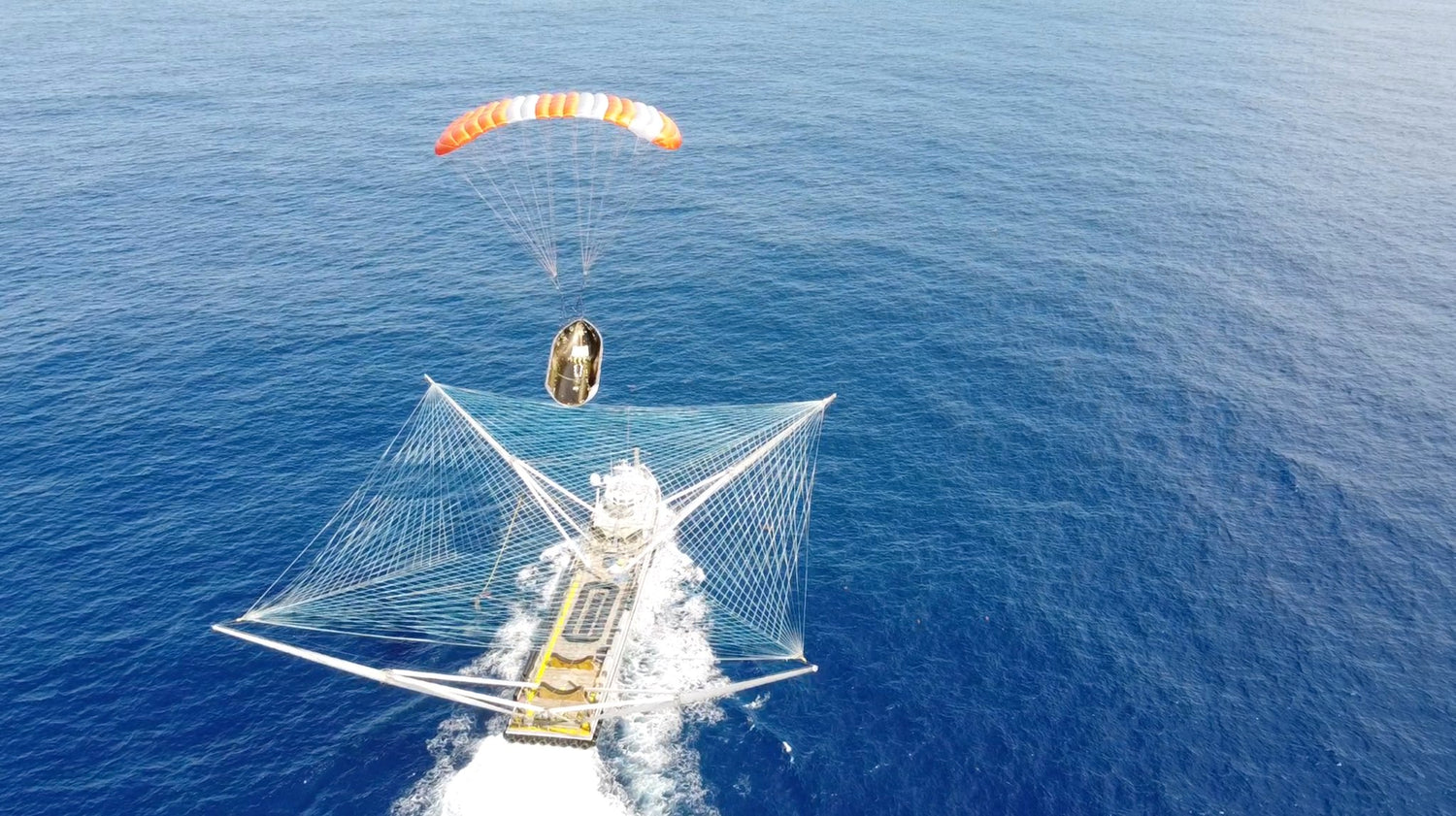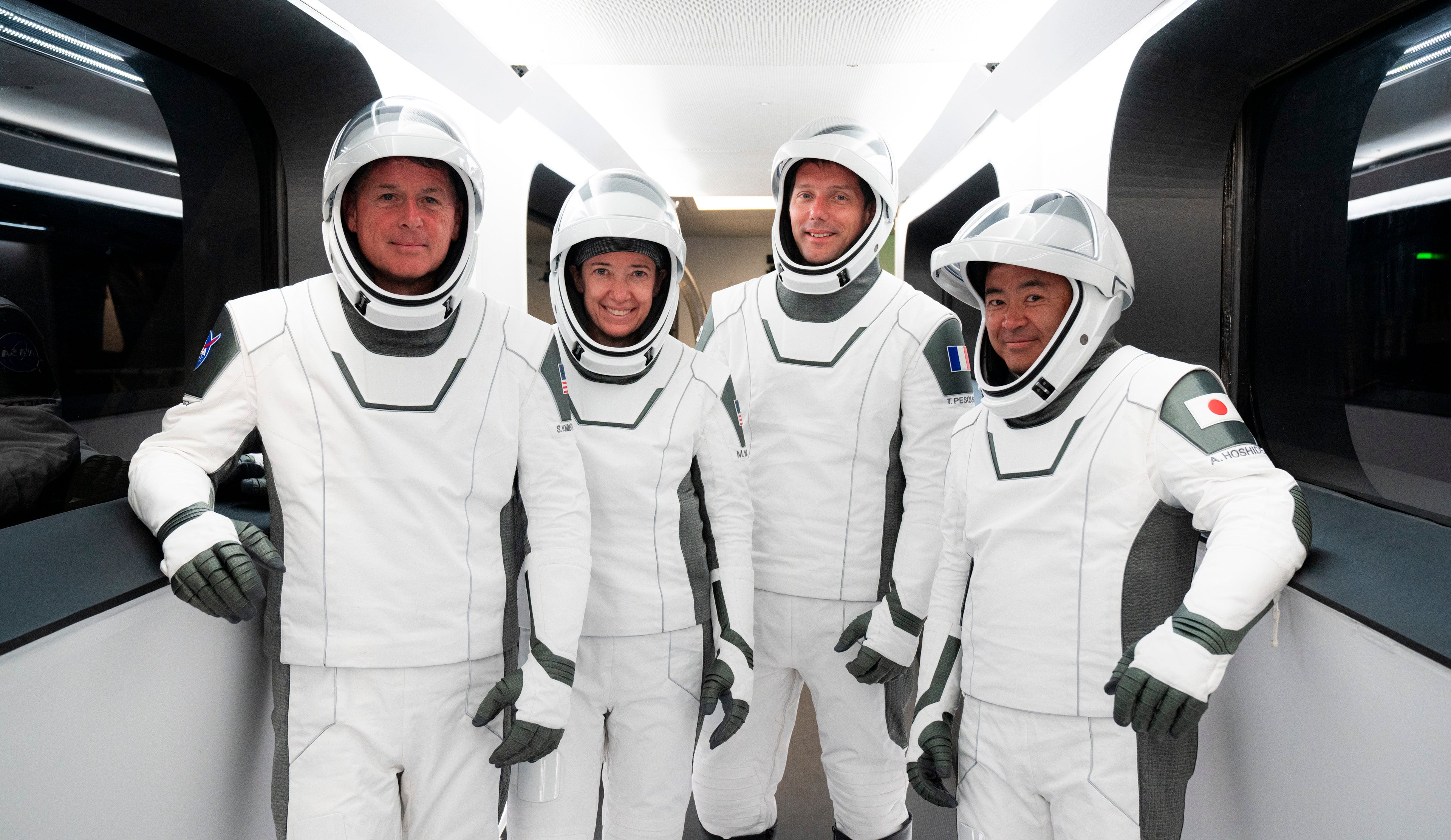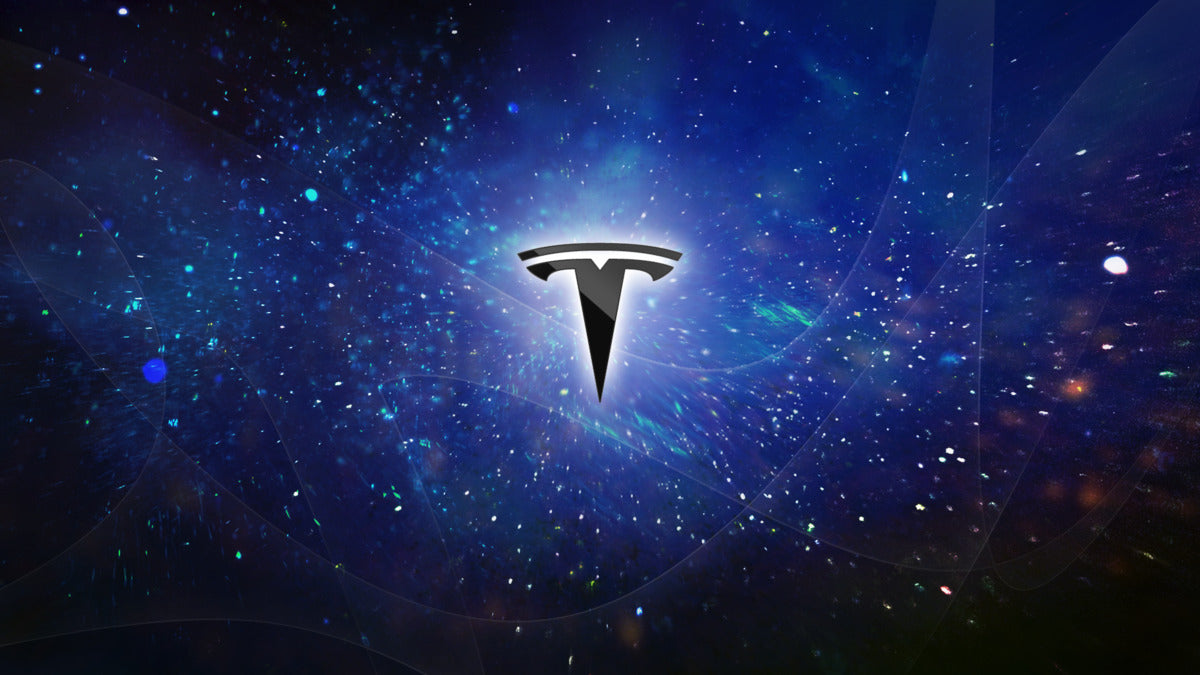SpaceX is one of the most innovative rocket companies in the world that is focused on making spaceflight more affordable by reusing launch vehicles. The company’s Falcon 9 is capable of being 85% reusable which reduces the cost of spaceflight. The rocket’s first-stage booster returns from space soon after launching payload to orbit; It conducts a vertical landing on autonomous droneships at sea. SpaceX has launched 113 times, landed 79 orbital-class rockets, and reused 59. SpaceX is the only company in the world with this level of reusability.
Besides the first-stage booster, SpaceX also recovers Falcon 9’s fairing, the enclosed top nose cone section that encloses the payload like a clamshell. As the rocket reaches orbit the fairing is opened and the halves fall towards Earth. Each of Falcon 9’s fairing halves are equipped with small steering thrusters and parachutes. For the past couple of years, SpaceX attempted to land the fairing halves atop fairing catcher ships called ‘Ms. Chief’ and ‘Ms. Tree’. The ships are equipped with huge nets attached to four metal arms. Out of 50 attempts to catch the fairing, the ships were only successful 9 times. Both ships recovered the halves on the same mission only once, during the ANASIS-II mission in July 2020, videos below.
— SpaceX (@SpaceX) July 21, 2020
Because the fairing recovery system was not working as planned, SpaceX founder Elon Musk decided to decommission the ships and just continue fishing-out the fairing halves out of the ocean after a parachute-assisted splashdown. “They will be recovered from the water & reused,” Musk wrote via Twitter early April. According to Musk, recovering fairings to reuse can save the company around $6 million per flight and reusing both a booster and fairing can save the company a bit over $30 million. SpaceX recently sold Ms. Tree and Ms. Chief and purchased a larger ship to recover fairings called ‘Shelia Bodelon.’ The company could give a new name to the vessel that features a giant 50-ton crane that will pull the fairing halves from the ocean after rocket launches.
They will be recovered from the water & reused
— Elon Musk (@elonmusk) April 7, 2021
Featured Image Source: SpaceX









